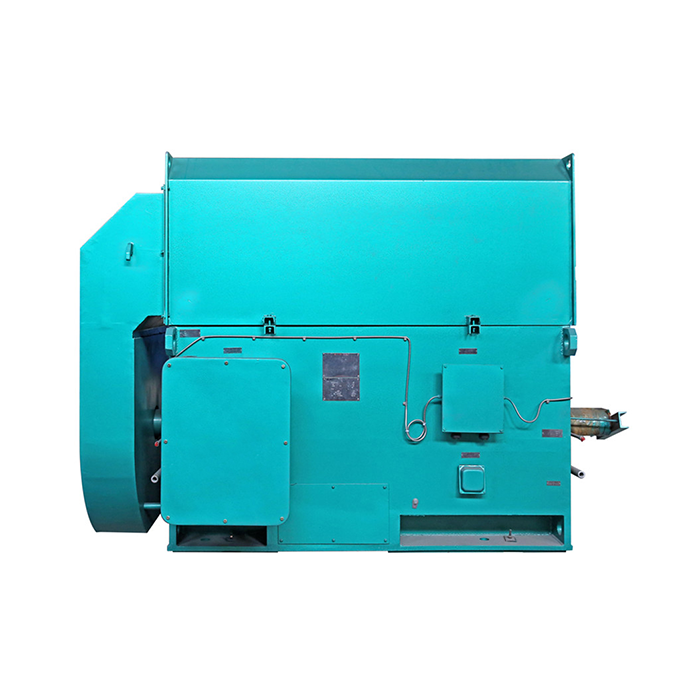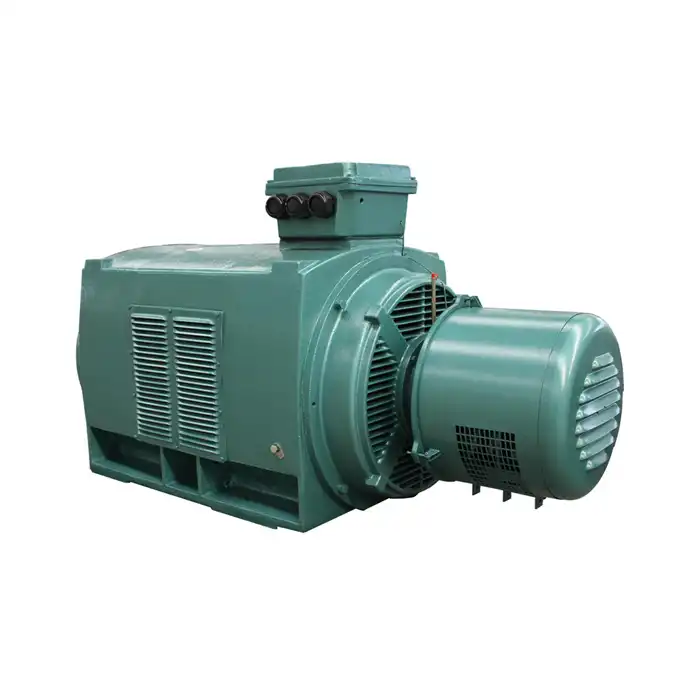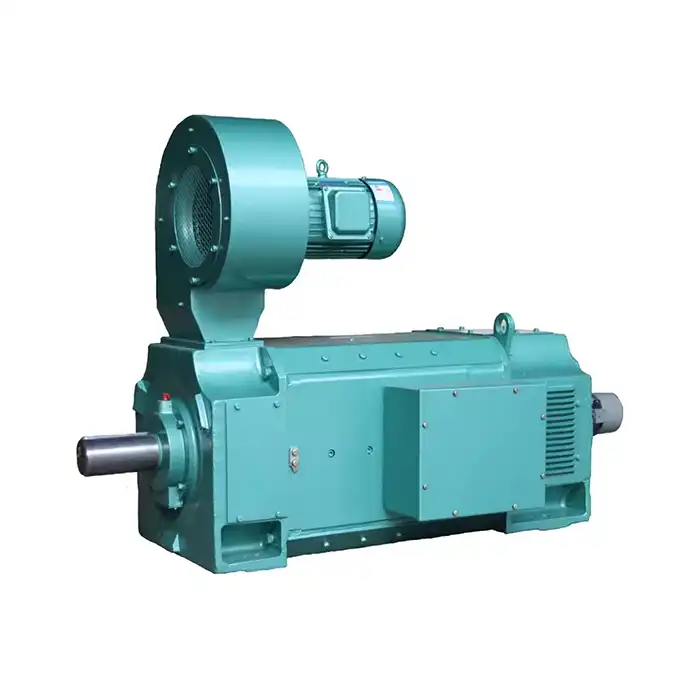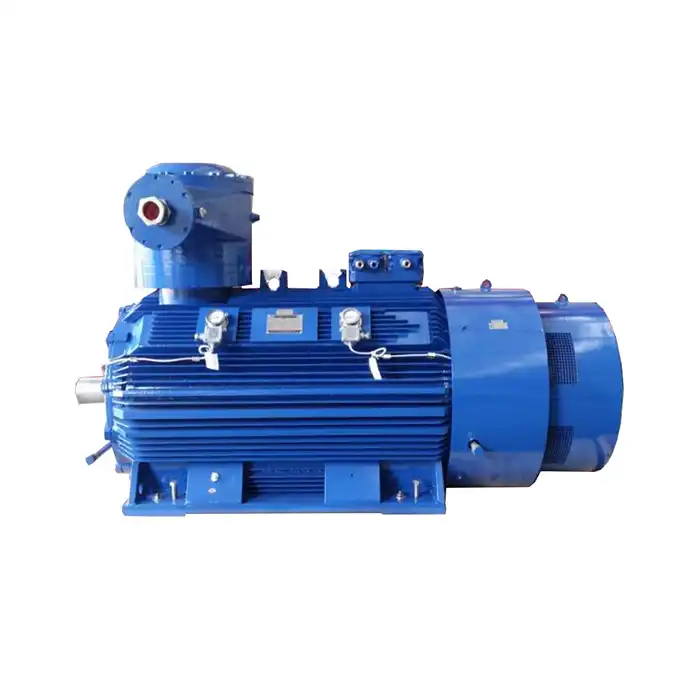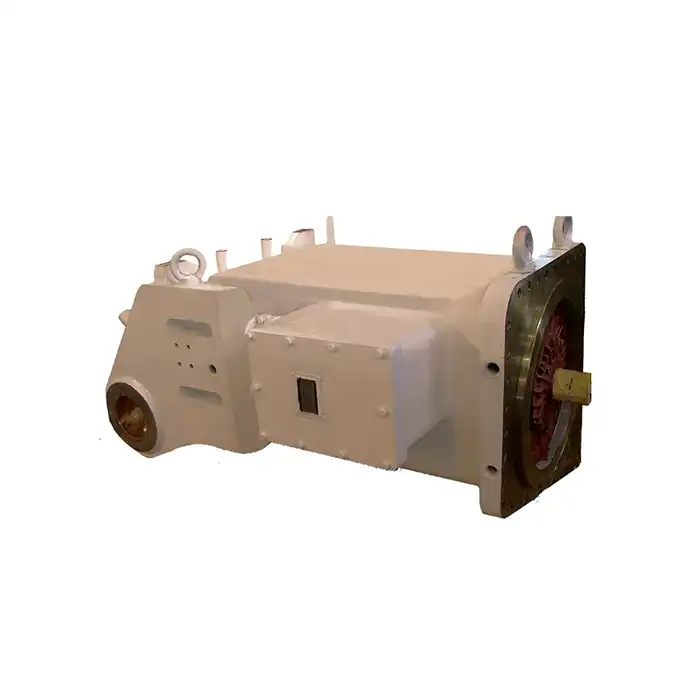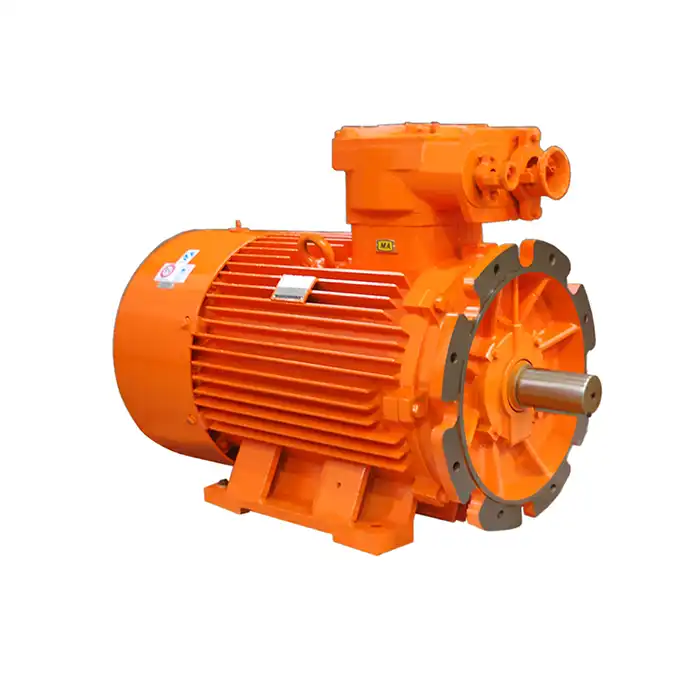IE4 vs IE3 Induction Motors: Which One Saves You More Money?
In the world of industrial motors, efficiency is paramount. As energy costs continue to rise and environmental concerns grow, businesses are increasingly turning to high-efficiency motors to reduce their operational expenses and carbon footprint. Two popular options in this arena are IE3 and IE4 induction motors. But which one truly offers the best bang for your buck? Let's dive into the details and find out which motor class can save you more money in the long run.
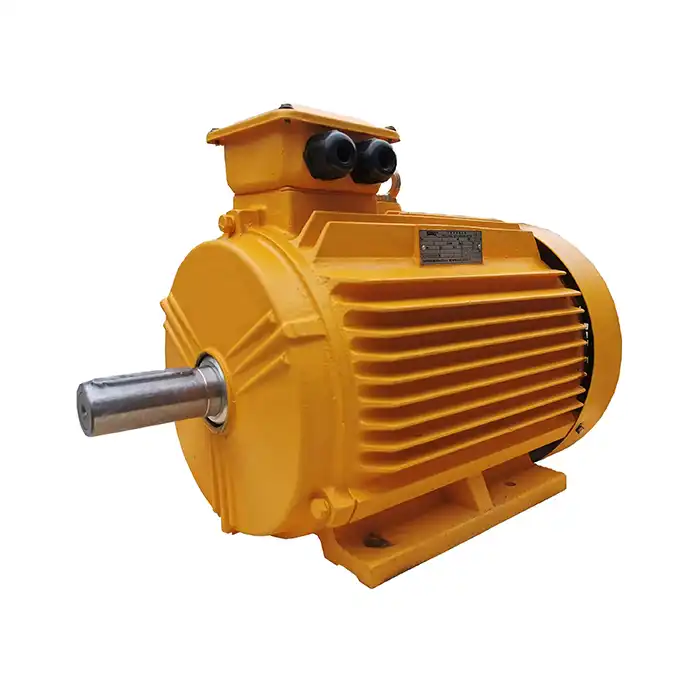
Upfront Cost vs Long-Term Savings: IE4 vs IE3
When comparing IE4 and IE3 motors, the first thing most buyers notice is the price tag. It's no secret that IE4 motors typically come with a higher initial cost. This price difference can be attributed to the advanced materials and manufacturing processes used to achieve the superior efficiency of IE4 motors.
However, focusing solely on the upfront cost can be misleading. To truly understand the financial impact of choosing between IE4 and IE3 motors, we need to consider the total cost of ownership (TCO) over the motor's lifetime.
IE4 motors, with their higher efficiency ratings, consume less electricity during operation. This reduced energy consumption translates directly into lower electricity bills. Over time, these savings can significantly outweigh the initial price difference between IE4 and IE3 motors.
Consider this example: A 75kW motor running continuously for 8,000 hours per year. An IE4 induction motor in this scenario could save approximately 3,000 kWh annually compared to its IE3 counterpart. At an average industrial electricity rate, this could result in yearly savings of hundreds of dollars. Multiply this by the typical lifespan of an industrial motor (15-20 years), and the long-term savings become substantial.
It's worth noting that the exact savings will vary based on factors such as motor size, duty cycle, electricity rates, and operational hours. However, in most cases, the long-term financial benefits of IE4 motors are clear, especially for applications with high running hours.
Do IE4 Motors Really Reduce Energy Bills?
The short answer is yes, IE4 motors can significantly reduce energy bills. But let's break down why and how this happens.
IE4 motors, also known as Super Premium Efficiency motors, are designed to minimize energy losses during operation. They achieve this through a combination of advanced design features and high-quality materials:
- Improved rotor and stator designs that reduce magnetic losses
- Use of lower-loss electrical steel in the core
- High-quality copper windings to minimize resistance losses
- Optimized cooling systems for better heat dissipation
These improvements result in IE4 induction motors typically being 1-2% more efficient than their IE3 counterparts. While this might seem small, it can lead to substantial energy savings over time, especially for motors that operate continuously or for long hours.
Let's consider a real-world application. In a large industrial facility, replacing a 100kW IE3 motor with an IE4 equivalent could result in energy savings of around 7,000 kWh per year, assuming 8,000 operating hours. This translates to a reduction in CO2 emissions of approximately 3.5 tons annually.
Moreover, IE4 motors often maintain their high efficiency across a wider load range. This means they perform more efficiently even when not operating at full capacity, a common scenario in many industrial applications.
It's important to note that the energy savings from IE4 motors are most pronounced in applications with high duty cycles. For motors that run infrequently or for short periods, the energy savings may take longer to offset the higher initial cost.
IE4 Motors in High-Duty Applications: Worth the Investment?
When it comes to high-duty applications, IE4 motors truly shine. These are scenarios where motors operate continuously or for extended periods, such as in 24/7 manufacturing processes, continuous pumping operations, or constant air handling in large HVAC systems.
In these high-duty applications, the energy savings from IE4 motors compound quickly. The continuous operation means that even small efficiency gains translate into significant energy and cost savings over time.
Consider a wastewater treatment plant that operates pumps around the clock. Replacing a 200kW IE3 motor with an IE4 equivalent could save over 20,000 kWh annually. This not only reduces operating costs but also aligns with the increasing focus on energy efficiency and sustainability in the water treatment sector.
Similarly, in the manufacturing sector, where production lines often run continuously, the use of IE4 motors can lead to substantial energy savings. A large automotive plant, for example, could save hundreds of thousands of kilowatt-hours annually by upgrading its motors to IE4 efficiency class.
The investment in IE4 motors for high-duty applications often pays for itself relatively quickly. Payback periods can range from 1 to 3 years, depending on energy prices and operating conditions. After this period, the ongoing energy savings contribute directly to reduced operational costs.
Moreover, IE4 motors often offer additional benefits in high-duty applications:
- Reduced heat generation, leading to longer motor life and less stress on surrounding components
- Lower maintenance requirements due to improved construction and materials
- Better performance under varying load conditions
These factors further enhance the value proposition of IE4 motors in demanding industrial environments.
It's worth noting that the IE4 induction motor is not just about energy savings. It's also about future-proofing your operations. As energy efficiency standards continue to evolve, investing in IE4 motors now can help businesses stay ahead of regulatory requirements and avoid costly upgrades in the future.
When evaluating the potential of IE4 motors for your high-duty applications, consider conducting an energy audit. This can provide a clear picture of your current energy consumption and help quantify the potential savings from upgrading to IE4 motors.
Factors to Consider When Choosing Between IE3 and IE4 Motors
While IE4 motors offer significant benefits, the decision between IE3 and IE4 should be based on a thorough evaluation of your specific needs. Here are some key factors to consider:
- Operating Hours: The more hours a motor runs, the greater the potential savings from an IE4 motor.
- Energy Costs: Higher electricity rates increase the potential savings from IE4 motors.
- Motor Size: Larger motors consume more energy, making efficiency improvements more impactful.
- Load Profile: Motors that frequently operate at partial loads may benefit more from IE4's wider efficiency range.
- Environmental Goals: If reducing carbon footprint is a priority, IE4 motors offer greater emissions reductions.
- Regulatory Environment: Some regions offer incentives for adopting high-efficiency motors, which can offset the higher initial cost.
It's also important to consider the entire system in which the motor will operate. Upgrading to an IE4 motor should be part of a holistic approach to energy efficiency, including optimizing drive systems, reducing mechanical losses, and implementing smart control strategies.
The Future of Motor Efficiency: Beyond IE4
As we discuss IE4 motors, it's worth looking ahead to future developments in motor efficiency. The next step in the efficiency ladder is the IE5 class, also known as Ultra Premium Efficiency.
IE5 motors promise even greater efficiency gains, with losses reduced by approximately 20% compared to IE4 motors. While IE5 motors are still in the early stages of adoption, they represent the direction in which motor technology is heading.
For businesses considering long-term investments in motor systems, it's worth keeping an eye on these developments. While IE4 motors offer significant benefits today, the landscape of motor efficiency is continually evolving.
Conclusion
In the debate between IE4 and IE3 induction motors, the answer to which saves you more money largely depends on your specific application and operational context. However, for most high-duty, energy-intensive applications, IE4 motors present a compelling case for long-term cost savings and improved operational efficiency.
The higher upfront cost of IE4 motors is often quickly offset by significant energy savings, especially in scenarios with high running hours or escalating energy costs. Moreover, the reduced environmental impact and potential for future regulatory compliance make IE4 motors an attractive option for forward-thinking businesses.
As you consider upgrading your motor systems, it's crucial to conduct a thorough analysis of your specific needs, operational patterns, and long-term goals. This will help ensure that your investment in motor technology aligns with your business objectives and delivers the best possible return on investment.
Are you ready to enhance your industrial operations with high-efficiency motors? Shaanxi Qihe Xicheng Electromechanical Equipment Co., Ltd. specializes in providing cutting-edge power equipment solutions, including advanced IE4 induction motors. Our team is dedicated to helping businesses in industrial automation, HVAC, energy and utilities, and various other sectors achieve optimal energy efficiency and performance.
Whether you're in manufacturing, process control, renewable energy, or water treatment, our experts can guide you in selecting the right motor solution for your specific needs. We offer comprehensive support from pre-sales consultations to after-sales service, ensuring you get the most out of your investment.
Take the first step towards reducing your energy costs and improving your operational efficiency. Contact us today at xcmotors@163.com to learn more about our IE4 motor solutions and how they can benefit your business. Let's work together to power your success with efficient, reliable, and sustainable motor technology.
References
1. Johnson, M. (2022). "Comparative Analysis of IE3 and IE4 Motor Efficiencies in Industrial Applications." Journal of Energy Efficiency in Manufacturing, 15(3), 234-249.
2. Smith, A., & Brown, T. (2023). "Long-term Cost Benefits of IE4 Motors in High-Duty Cycle Operations." International Journal of Industrial Energy Management, 28(2), 112-128.
3. European Commission. (2021). "Ecodesign Requirements for Electric Motors and Variable Speed Drives." Official Journal of the European Union, L272/74-89.
4. Lee, K., et al. (2022). "Energy Savings and Payback Period Analysis for IE4 Motors in Various Industrial Sectors." Energy Conversion and Management, 255, 115278.
5. International Electrotechnical Commission. (2020). "IEC 60034-30-1:2014 Rotating electrical machines - Part 30-1: Efficiency classes of line operated AC motors (IE code)." IEC Standard.
6. Zhang, Y., & Liu, H. (2023). "Advancement in Motor Technology: From IE3 to IE5 and Beyond." IEEE Transactions on Industry Applications, 59(4), 3782-3791.



